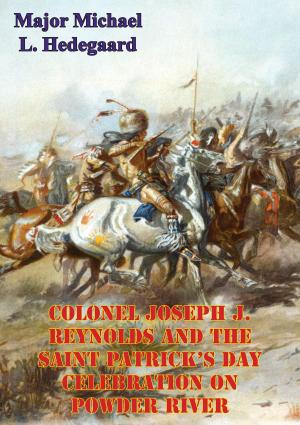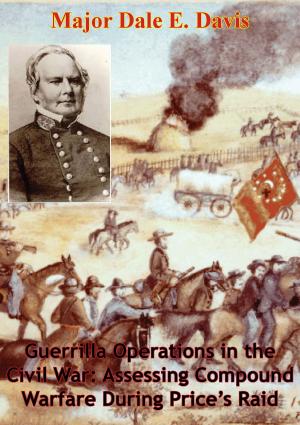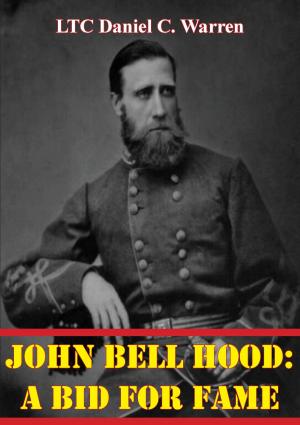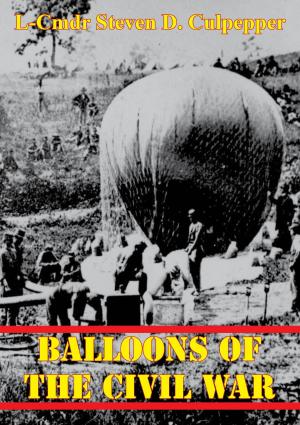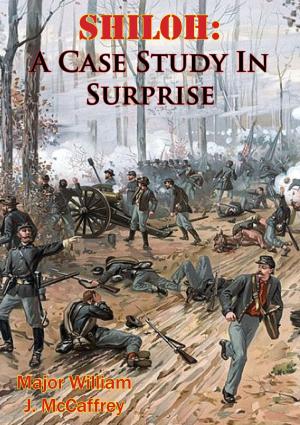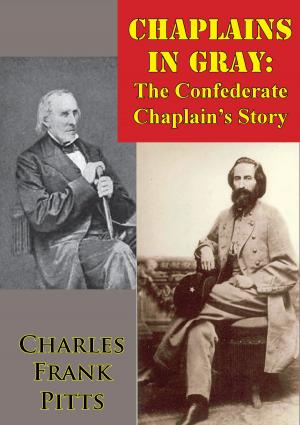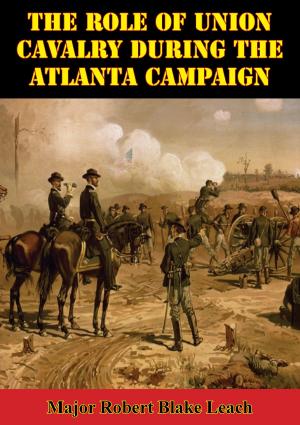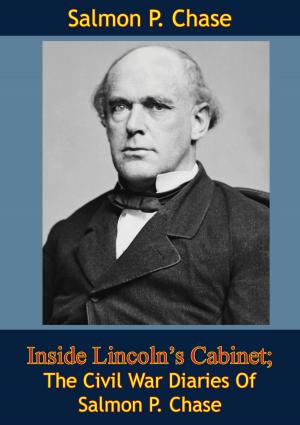Robert E. Lee In Texas
Nonfiction, History, Modern, 19th Century, Americas, United States, Civil War Period (1850-1877), Military| Author: | Carl Coke Rister | ISBN: | 9781786251206 |
| Publisher: | Golden Springs Publishing | Publication: | November 6, 2015 |
| Imprint: | Golden Springs Publishing | Language: | English |
| Author: | Carl Coke Rister |
| ISBN: | 9781786251206 |
| Publisher: | Golden Springs Publishing |
| Publication: | November 6, 2015 |
| Imprint: | Golden Springs Publishing |
| Language: | English |
Robert E. Lee In Texas introduces a little known phase of the great General’s career—his service in Texas during the four turbulent years just preceding the Civil War—at Camp Cooper, watching the federal government’s “humanizing” experiment with the wild Comanches; at San Antonio, commanding the Department of Texas; and at Fort Mason, headquarters of the Second United States Cavalry.
In this account Carl Coke Rister, a leading historian of the West, takes us with Lee to his lonely posts on the border, and we share with him the hazardous and often fruitless chases after renegade Indians and Mexican bandits. We see through the eyes of the “Academy man” the raw life on the frontier and hear from his lips his impressions of the country and people.
These were critical years for the nation and for the future military leader of the Confederacy. When Lieutenant Colonel Robert Edward Lee was transferred from the superintendency of West Point to Camp Cooper on an Indian frontier, where isolation, rawness, inconvenience, deprivation, and even death were commonplace, it seemed to him and to some of his friends that his military career was coming to a dead end. Nevertheless, while he was “lost on the frontier,” he gained strength, wisdom, and maturity. He worked with, and for the most part commanded, the famous Second Cavalry, many of the officers of which became either Northern or Southern field commanders in the Civil War. To know these officers, their points of strength and weakness, their whims and caprices, and their likes and dislikes served him well later in military crises.
When in 1861 Lee came from the Texas wilderness to report to General Winfield Scott in Washington, he was prepared to assume the role of the South’s peerless leader—to justify General Scott’s Mexican War characterization of him as “America’s very best soldier.”
Robert E. Lee In Texas introduces a little known phase of the great General’s career—his service in Texas during the four turbulent years just preceding the Civil War—at Camp Cooper, watching the federal government’s “humanizing” experiment with the wild Comanches; at San Antonio, commanding the Department of Texas; and at Fort Mason, headquarters of the Second United States Cavalry.
In this account Carl Coke Rister, a leading historian of the West, takes us with Lee to his lonely posts on the border, and we share with him the hazardous and often fruitless chases after renegade Indians and Mexican bandits. We see through the eyes of the “Academy man” the raw life on the frontier and hear from his lips his impressions of the country and people.
These were critical years for the nation and for the future military leader of the Confederacy. When Lieutenant Colonel Robert Edward Lee was transferred from the superintendency of West Point to Camp Cooper on an Indian frontier, where isolation, rawness, inconvenience, deprivation, and even death were commonplace, it seemed to him and to some of his friends that his military career was coming to a dead end. Nevertheless, while he was “lost on the frontier,” he gained strength, wisdom, and maturity. He worked with, and for the most part commanded, the famous Second Cavalry, many of the officers of which became either Northern or Southern field commanders in the Civil War. To know these officers, their points of strength and weakness, their whims and caprices, and their likes and dislikes served him well later in military crises.
When in 1861 Lee came from the Texas wilderness to report to General Winfield Scott in Washington, he was prepared to assume the role of the South’s peerless leader—to justify General Scott’s Mexican War characterization of him as “America’s very best soldier.”
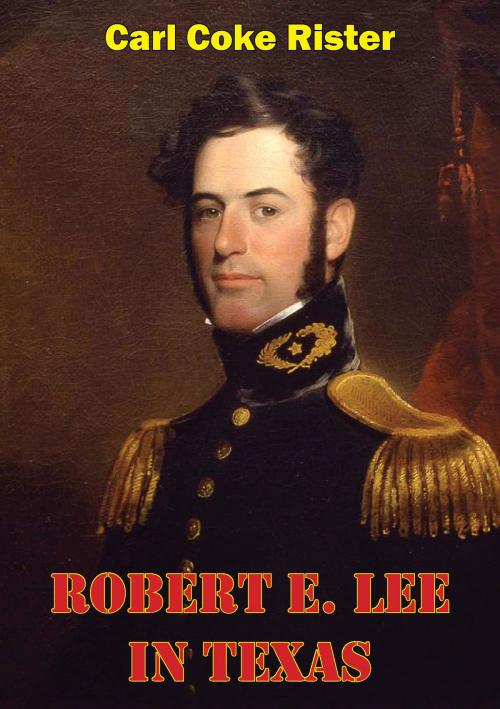
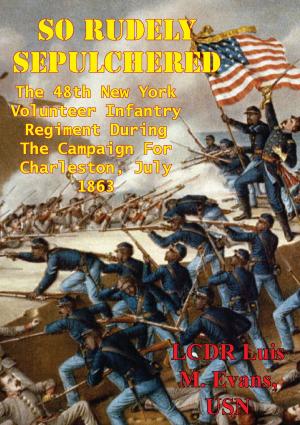
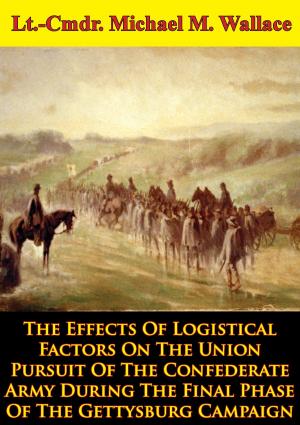
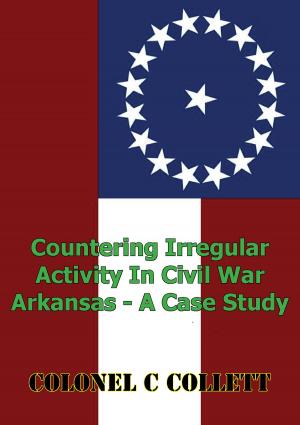
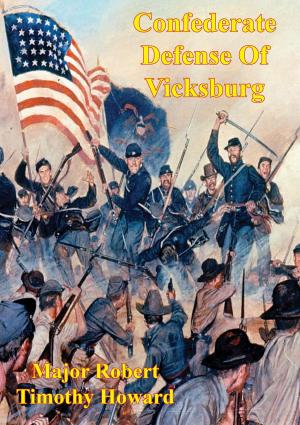
![Cover of the book The Civil War Diary Of Cyrus F. Boyd, Fifteenth Iowa Infantry, 1861-1863 [Illustrated Edition] by Carl Coke Rister](https://www.kuoky.com/images/2016/august/300x300/9781787200296-UdfO_300x.jpg)
